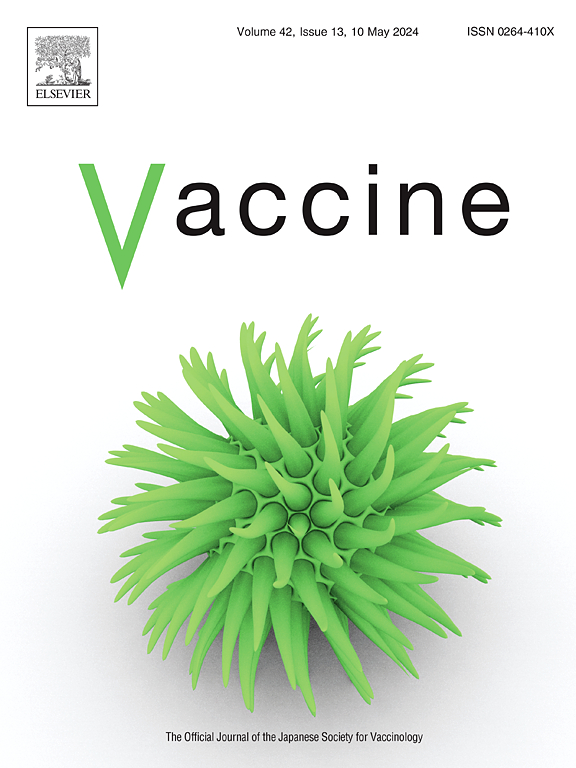Sociodemographic differences in parental hesitancy to the COVID-19 vaccine
IF 4.5
3区 医学
Q2 IMMUNOLOGY
引用次数: 0
Abstract
Objective(s)
To identify sociodemographic patterns in pediatric COVID-19 vaccination status and parental vaccine hesitancy reasons.
Study design
Cross-sectional survey data was collected from 5103 US parents of 6 month to 17-year-olds from the NIH Environmental influences on Child Health Outcomes (ECHO) study. We used chi-square tests to examine sociodemographic differences between vaccinated and unvaccinated children and between vaccine-hesitant and non-hesitant parents. We used risk ratios (RRs) from adjusted multivariable Poisson regressions to examine associations between sociodemographic characteristics and vaccine hesitancy reasons.
Results
Less than half (41.7 %) of children had received at least one dose of the COVID-19 vaccine. Only 1 % of parents who were unsure or had no plans to vaccinate their children (“vaccine hesitant”) cited resource barriers (e.g., transportation, cost). Instead, vaccine-hesitant parents reported concerns about side effects (general: 53.1 %; long-term: 56.2 %); believed their child did not need the vaccine due to low risk (33.7 %) or prior infection (21 %); perceived there was insufficient vaccine testing in children (24 %) and in racially/ethnically diverse populations (9.5 %); and lacked trust in healthcare provider recommendations (9 %). Vaccine-hesitant parents of Indigenous and Black children were less likely to report side effect concerns (general: RR 0.65–0.87; long-term: RR 0.55–0.66); higher-income and higher-educated vaccine-hesitant parents were ∼ 1.5–2 times more likely to say their child was at low risk.
Conclusion(s)
Safety concerns and perceived low risk influenced parental COVID-19 vaccination hesitancy, not resource barriers. Important sociodemographic differences can inform future approaches to public health campaigns to propel swift action during a public health crisis to help reduce disease burden and spread.
求助全文
约1分钟内获得全文
求助全文
来源期刊

Vaccine
医学-免疫学
CiteScore
8.70
自引率
5.50%
发文量
992
审稿时长
131 days
期刊介绍:
Vaccine is unique in publishing the highest quality science across all disciplines relevant to the field of vaccinology - all original article submissions across basic and clinical research, vaccine manufacturing, history, public policy, behavioral science and ethics, social sciences, safety, and many other related areas are welcomed. The submission categories as given in the Guide for Authors indicate where we receive the most papers. Papers outside these major areas are also welcome and authors are encouraged to contact us with specific questions.
 求助内容:
求助内容: 应助结果提醒方式:
应助结果提醒方式:


